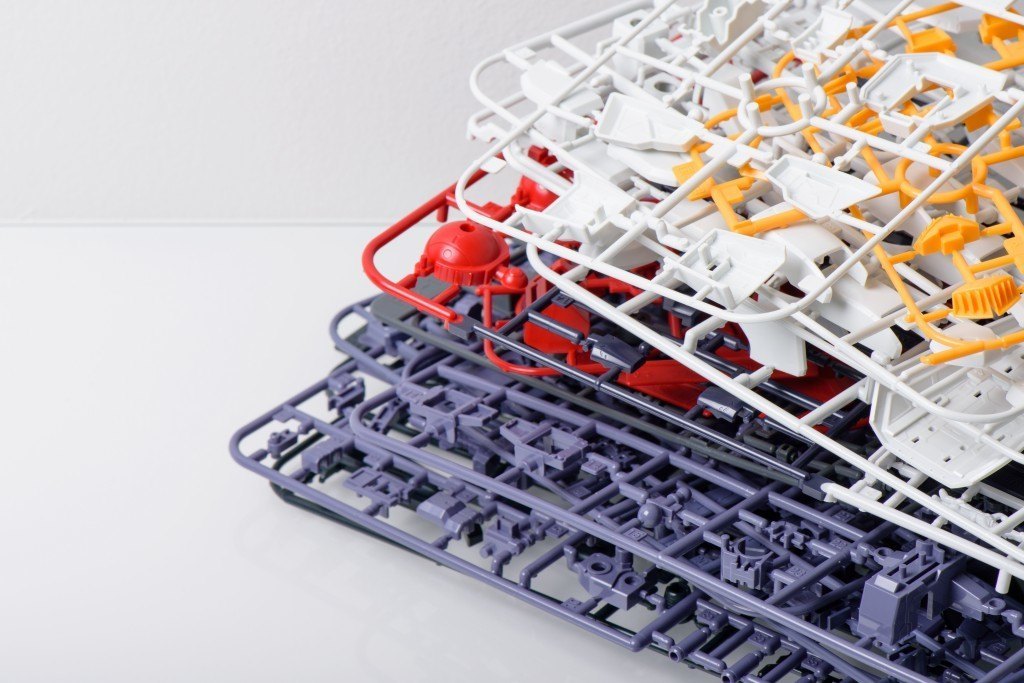5 Design Considerations When Using Injection Molding
Posted on Dec. 12, 2015, 10:12 p.m. by Team VendOp
Tweet
Injection molding is one of the most popular manufacturing processes, and this should come as no surprise to anyone who is familiar with the process. It’s fast, cost-effective, and can essentially run as a fully automated process. It’s so versatile that it can be used to produce output ranging from tiny precision parts for medical equipment to large parts like truck panels. Still there are certain limitations to keep in mind. Here are a few design considerations which should be factored into your planning.
Straight Pull Design
The molds used in the injection molding process consist of two halves, which pull apart to release the product. Thus it is essential to design your parts with proper orientation to allow the mold to open. This is known as “straight pull” design, and means that when the two halves are separated, there is no mold metal that wants to pass through the plastic of the part, an “impossible” situation, called “die locked”.
If the part contains features which lie perpendicular to the opening in the mold, it is likely that draft will be required. This refers to the angle or taper required to allow the part to easily be removed from the mold. A draft of 1 to 2 degrees is sufficient in most cases.
Warp
The flow of the plastic material through the mold can be rather complex. While it sometimes behaves according to predictable patterns, at other times it can be quite erratic and unpredictable. The molten plastic, once it has filled the mold, freezes from the outside in. The contraction of the part during cooling results in stresses in thicker regions of the part, pulling inward and creating internal stresses. Stresses can occur in the areas between thicker and thinner sections, due to the different rates of freezing, resulting in a phenomenon known as “warp”. It is generally advisable to design your parts with consistent thicknesses, and refrain from making excessively thick areas, to avoid warp.
Shrinkage
Another design consideration that must be included in the planning process is the phenomenon known as “shrinkage”. The molten plastic in the mold has a tendency to shrink as it cools and hardens. This is affected by a number of factors, and can be planned for by taking into account certain parameters.
The type of material used plays an important part here, as each will shrink to a greater or lesser degree. Resins containing more plasticizer tend to shrink more. The inclusion of fillers such as talc, glass beads, or glass fibers tends to inhibit shrinking.
Similarly, thickness is a significant factor in shrinkage. As the thickness of the wall of the part increases, so does shrinkage. Design the geometry of your part and choose materials wisely for best results.
Internal Stresses
A number of design factors will influence the level of internal stress within your part. One important example is the sharpness of corners, which increases the concentration of stress, and can cause failure of your part, if it reaches a critical level. As the radius of a sharp corner increases proportionally to the thickness of the wall, so does the stress concentration factor. The recommended value for the radius / thickness (R/T) ratio is 0.5 or lower.
And, as we mentioned earlier, consistent wall thickness will also limit stress within your part.
Gate Position
In every injection mold, there is a gate, the opening into which the molten plastic is injected into the mold cavity. It’s likely that a small rough spot will appear at the gate. This can obviously have an effect on the aesthetics of your product, and in some cases could even impact its functionality. Proper positioning of the gate is a vital factor in your design consideration.
Injection molding has almost unlimited applications. Proper understanding of its parameters and limitations and including the appropriate design considerations will certainly prove beneficial and facilitate producing the results you’re looking for.

Don't forget to take a look at some of the best rated companies while you're here. Lists are broken down by service to make it easy for you to find what you're looking for.
Subscribe To Our Blog
Receive updates when we post new and exciting content.
Contribute To Our Blog
Do you have a great idea for a blog post that would resonate with the VendOp community? Reach out to us and share your ideas. We love working with passionate people to bring great articles to our members.
Recent Posts
About Us
VendOp is the world's leading B2B vendor review website. Get advice and feedback from real customers for companies that provide over 500 different products and services.
Understand what to expect from the companies before purchasing or signing a contract. Join VendOp today and start sourcing your vendors with confidence.
